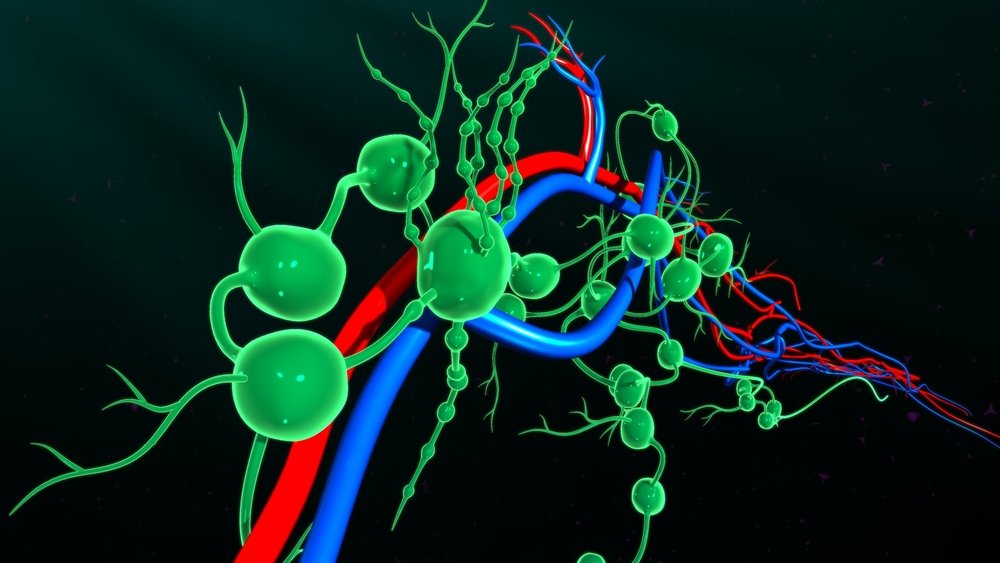Increase in Glucose Uptake by Cushing’s Disease-associated Tumors Could Improve Early Detection, Study Shows
Written by |

An increase in glucose uptake by Cushing’s disease-associated pituitary tumors could improve their detection, new research shows.
The study, “Corticotropin releasing hormone can selectively stimulate glucose uptake in corticotropinoma via glucose transporter 1,” appeared in the journal Molecular and Cellular Endocrinology.
The study’s senior author was Dr. Prashant Chittiboina, MD, from the Department of Neurosurgery, Wexner Medical Center, The Ohio State University, in Columbus, Ohio.
Microadenomas – tumors in the pituitary gland measuring less than 10 mm in diameter – that release corticotropin, or corticotropinomas, can lead to Cushing’s disease. The presurgical detection of these microadenomas could improve surgical outcomes in patients with Cushing’s.
But current tumor visualization methodologies – magnetic resonance imaging (MRI) and 18F-fluorodeoxyglucose (18F-FDG) positron emission tomography (PET) – failed to detect a significant percentage of pituitary microadenomas.
Stimulation with corticotropin-releasing hormone (CRH), which increases glucose uptake, has been suggested as a method of increasing the detection of adenomas with 18F-FDG PET, by augmenting the uptake of 18F-FDG – a glucose analog.
However, previous studies aiming to validate this idea have failed, leading the research team to hypothesize that it may be due to a delayed elevation in glucose uptake in corticotropinomas.
The scientists used clinical data to determine the effectiveness of CRH in improving the detection of corticotropinomas with 18F-FDG PET in Cushing’s disease.
They found that CRH increased glucose uptake in human and mouse tumor cells, but not in healthy mouse or human pituitary cells that produce the adrenocorticotropic hormone (ACTH). Exposure to CRH increased glucose uptake in mouse tumor cells, with a maximal effect at four hours after stimulation.
Similarly, the glucose transporter GLUT1, which is located at the cell membrane, was increased two hours after stimulation, as was GLUT1-mediated glucose transport.
These findings indicate a potential mechanism linking CRH exposure to augmented glucose uptake through GLUT1. Expectedly, the inhibition of glucose transport with fasentin suppressed glucose uptake.
The researchers consistently observed exaggerated evidence of GLUT1 in human corticotropinomas. In addition, human corticotroph tumor cells showed an increased breakdown of glucose, which indicates that, unlike healthy cells, pituitary adenomas use glucose as their primary source of energy.
Overall, the study shows that corticotropin-releasing hormone (CRH) leads to a specific and delayed increase in glucose uptake in tumor corticotrophs.
“Taken together, these novel findings support the potential use of delayed 18F-FDG PET imaging following CRH stimulation to improve microadenoma detection in [Cushing’s disease],” researchers wrote. The scientists are now conducting a clinical trial to further explore this promising finding.





